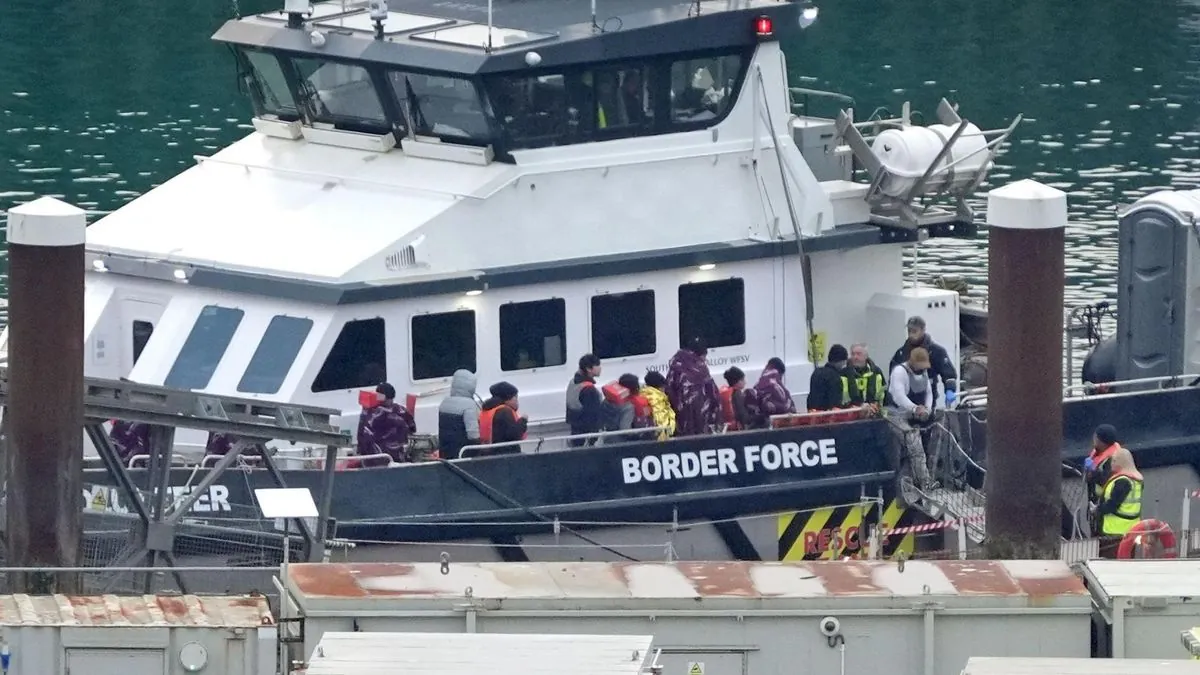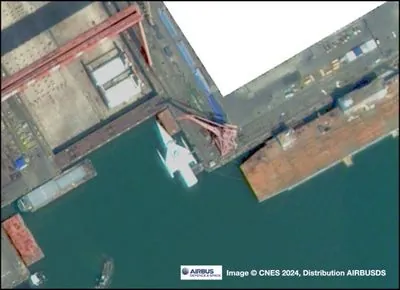North Dakota
North Dakota is a landlocked U.S. state in the Upper Midwest, named after the indigenous Dakota Sioux. It is bordered by the Canadian provinces of Saskatchewan and Manitoba to the north and by the U.S. states of Minnesota to the east, South Dakota to the south, and Montana to the west. North Dakota is part of the Great Plains region, characterized by broad prairies, steppe, temperate savanna, badlands, and farmland. North Dakota is the 19th largest state, but with a population of less than 780,000, it is the 4th least populous and 4th most sparsely populated. The state capital is Bismarck while the most populous city is Fargo, which accounts for nearly a fifth of the state's population; both cities are among the fastest-growing in the U.S., although half of all residents live in rural areas.

Some of the key events about North Dakota
- 1803The Louisiana Purchase included the area that would become North Dakota, doubling the size of the United States
- 1851The Treaty of Fort Laramie forced Native American tribes to cede large portions of their land to the United States government
- 1861Dakota Territory was established, encompassing present-day North and South Dakota
- 1862The Dakota War resulted in the displacement and execution of many Dakota people
- 1873A severe economic depression hit the Dakota Territory, causing widespread hardship
- 1889North Dakota was admitted to the Union as the 39th state
- 1908Theodore Roosevelt National Park was established, preserving the unique badlands landscape
- 1910A devastating wildfire known as the "Great Fire of 1910" burned over 300,000 acres in North Dakota
- 1916The State Capitol building was completed in Bismarck, becoming a symbol of state government
- 1930sThe Dust Bowl severely impacted North Dakota's agriculture and economy
- 1944The Garrison Dam project flooded over 150,000 acres of Native American land
- 1951The Garrison Dam was completed, creating Lake Sakakawea and providing flood control and hydroelectric power
- 1956The discovery of oil in Tioga sparked North Dakota's first oil boom
- 1966A major blizzard struck North Dakota, causing widespread damage and loss of life
- 1987The International Peace Garden was dedicated on the border of North Dakota and Manitoba, symbolizing friendship between the US and Canada
- 1997The Red River Flood caused extensive damage to Grand Forks and other communities
- 2006North Dakota became the nation's leading producer of honey, a title it has held consistently since
- 2011Severe flooding along the Missouri River caused significant damage to homes and infrastructure
- 2012North Dakota surpassed Alaska to become the second-largest oil-producing state in the United States
- 2016Violent clashes occurred between law enforcement and protesters over the Dakota Access Pipeline
Disclaimer: This material is written based on information taken from open sources, including Wikipedia, news media, podcasts, and other public sources.





























